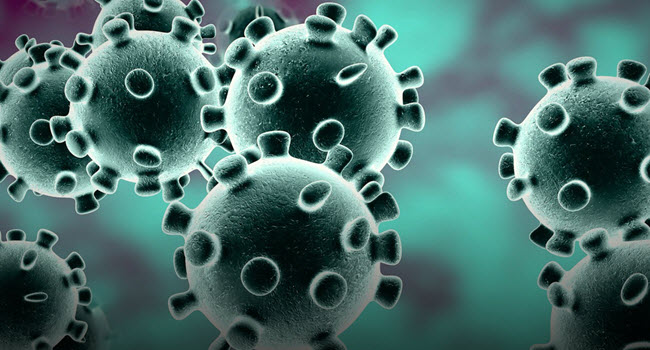
COVID-19 Ravages the Navajo Nation
“The Navajo have a very beautiful expansive definition of family, with many generations often living under one roof,” Shamasunder said.
And, Nez added, “We’re social people, just like anybody else. Only when we talk about social people here on the Navajo Nation, and in many tribal communities, it’s just not gathering with your friends or your immediate or extended family, because we also have clan families. And our clans often come together from all parts of the Navajo Nation.”
In fact, Nez said that contact tracing efforts have traced the first cluster of infections back to a single weekend during which a traditional gathering, a church event and a series of birthday parties helped spread the virus.
“Clans came together from every corner of the Navajo Nation, got infected, and then returned home where it then spread like wildfire among small tight-knit rural communities,” he said.
Factors like these make containing COVID-19 an even bigger challenge. According to Nez, an IHS (Indian Health Service) “surge projection” analysis done in March indeed predicted the worst: that Navajo health care facilities would be completely overwhelmed by mid-May.
Those facilities were already among the most underfunded and understaffed in America, however.
Challenges and resilience
“It is evident that the USA’s health care system wasn’t equipped to handle a pandemic like COVID-19,” Nez said, “but that is even more so in tribal communities.”
The IHS, operated by the U.S. Department of Health and Human Services, provides health care to 574 tribes throughout the country. “But since its inception, it’s been underfunded,” Nez said.
Shamasunder agreed. “From a funding stand-point, Native American health has never been prioritized. The IHS gets funded at one-third the amount of money per capita as Medicare or the VA,” he said.
Nez added, “That means we don’t have that many emergency beds or intensive care units or doctors,” despite huge ongoing health care needs. Navajos have a 20% diabetes rate and a high incidence of heart disease, he said, and both conditions are also known risk factors for severe COVID-19.
Source link
